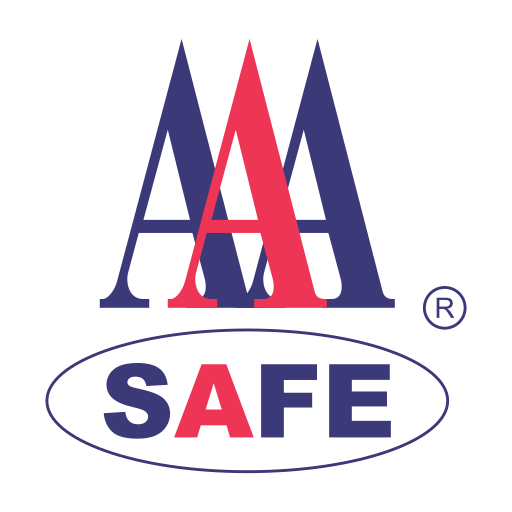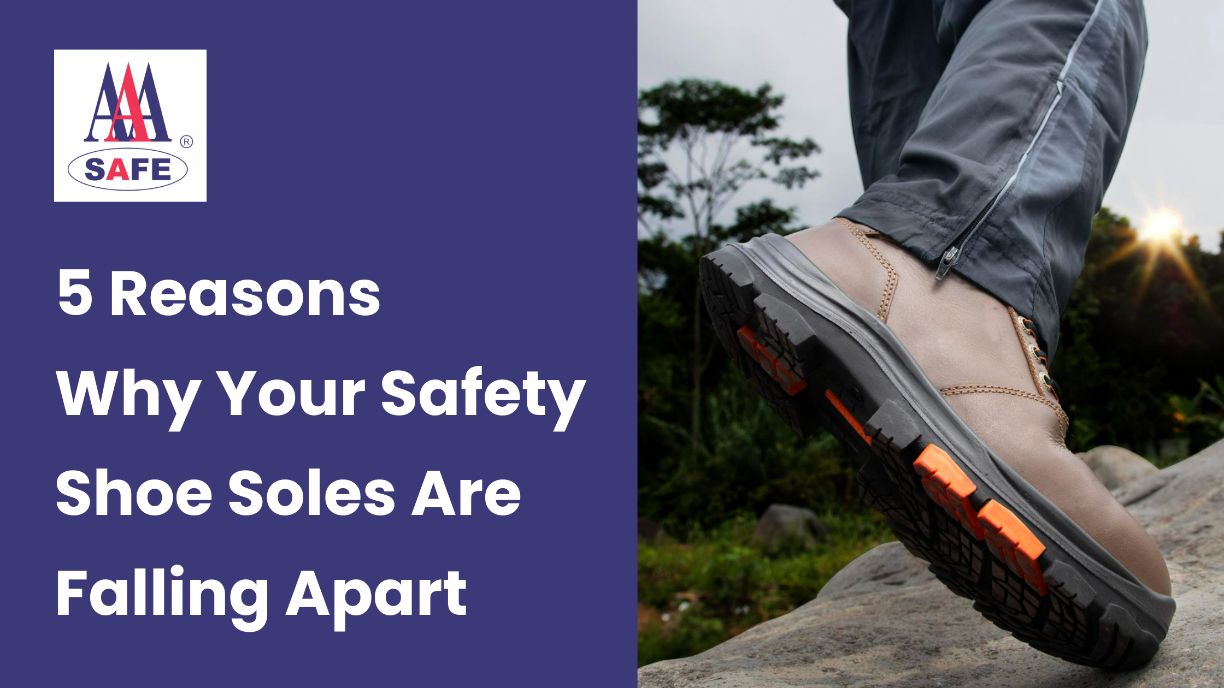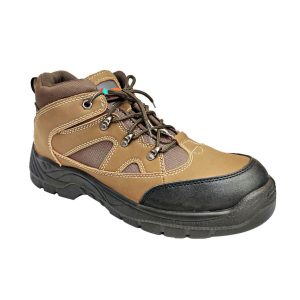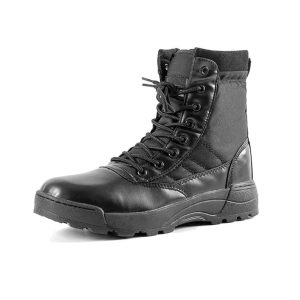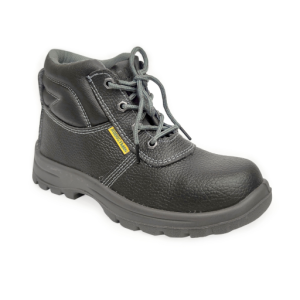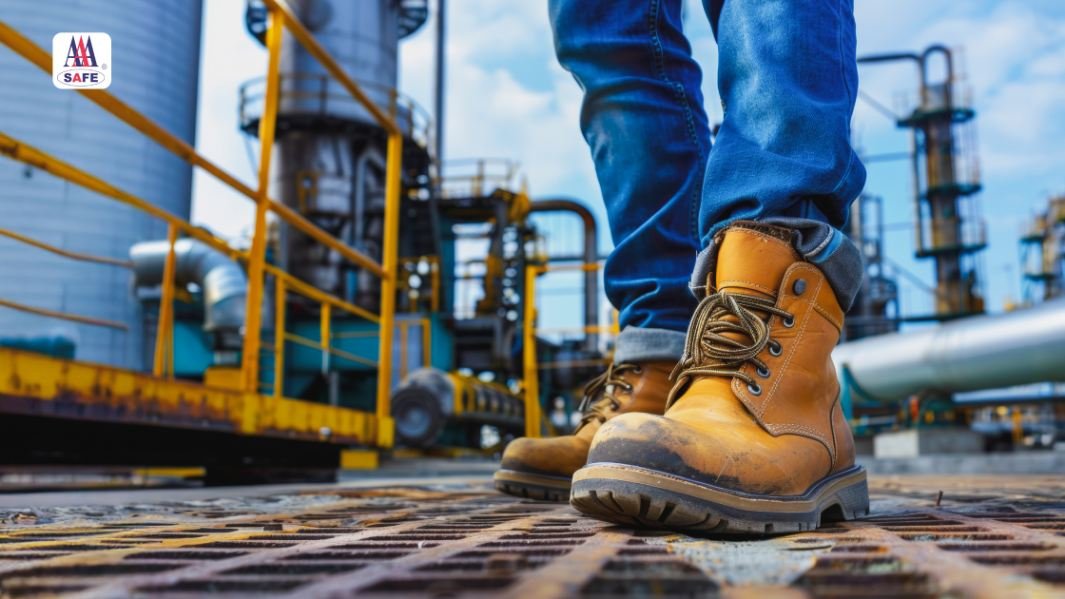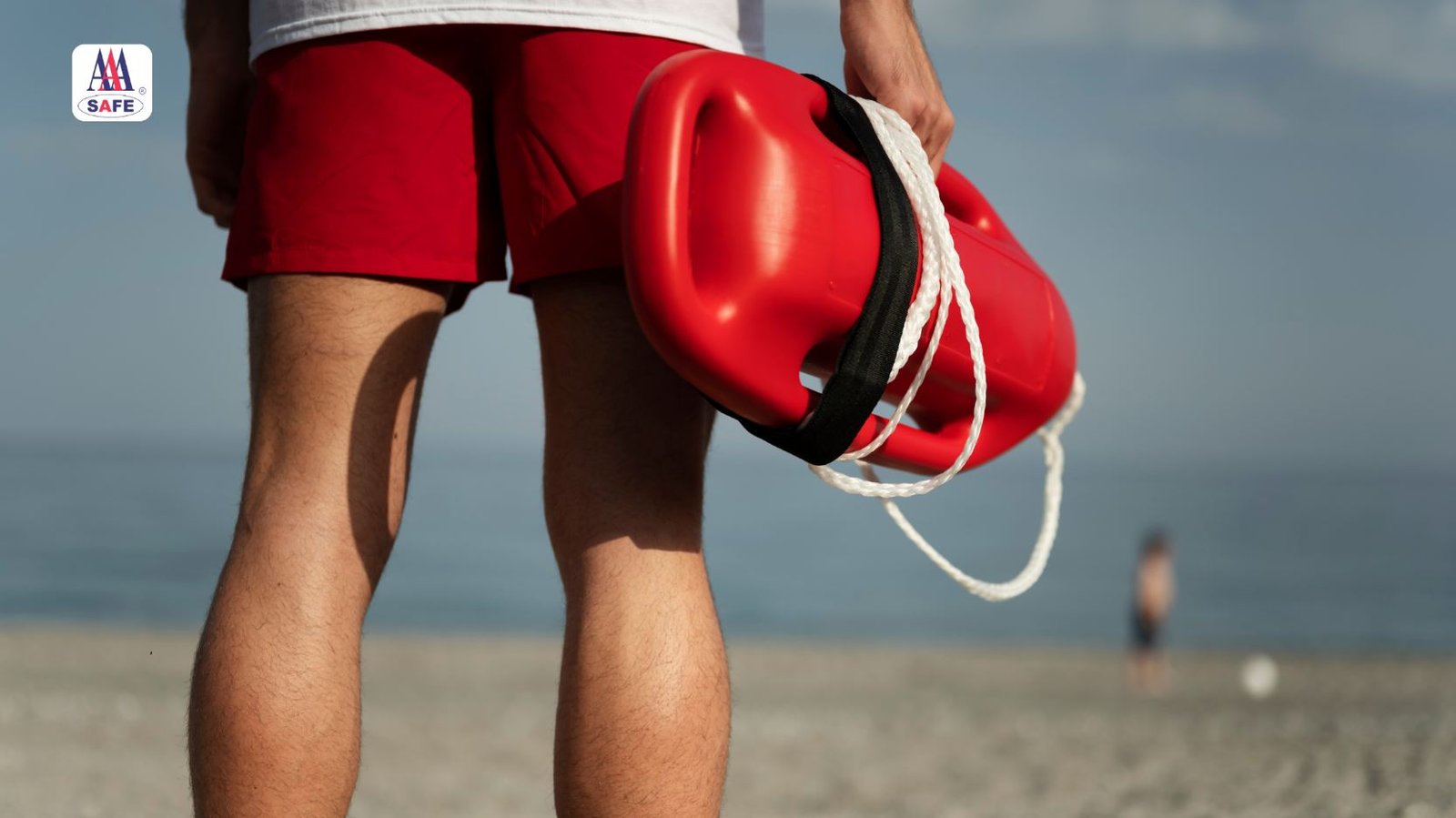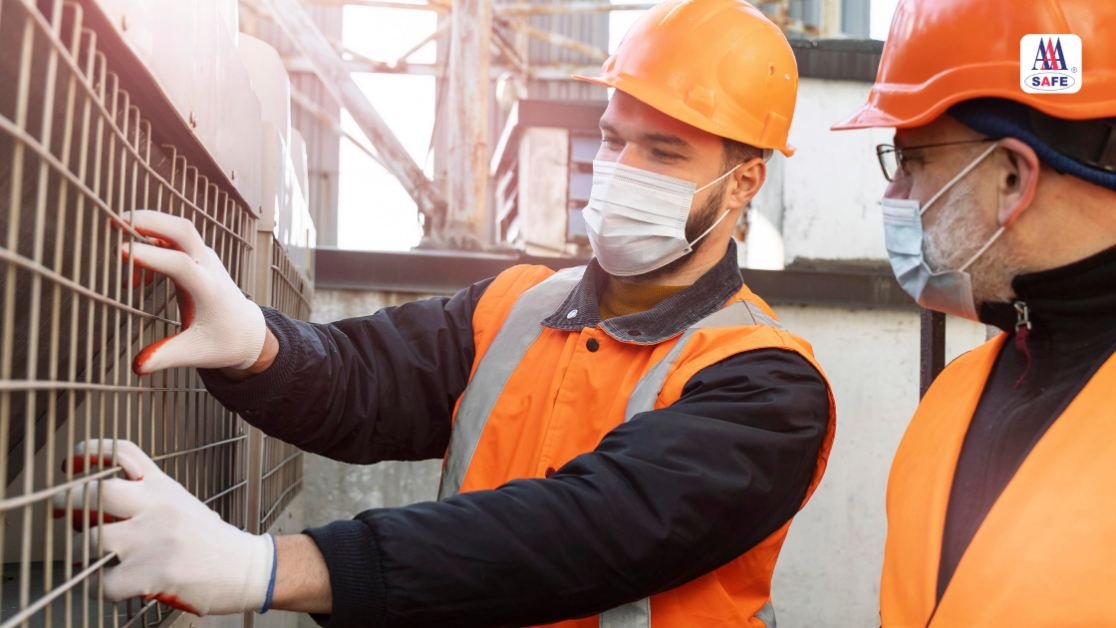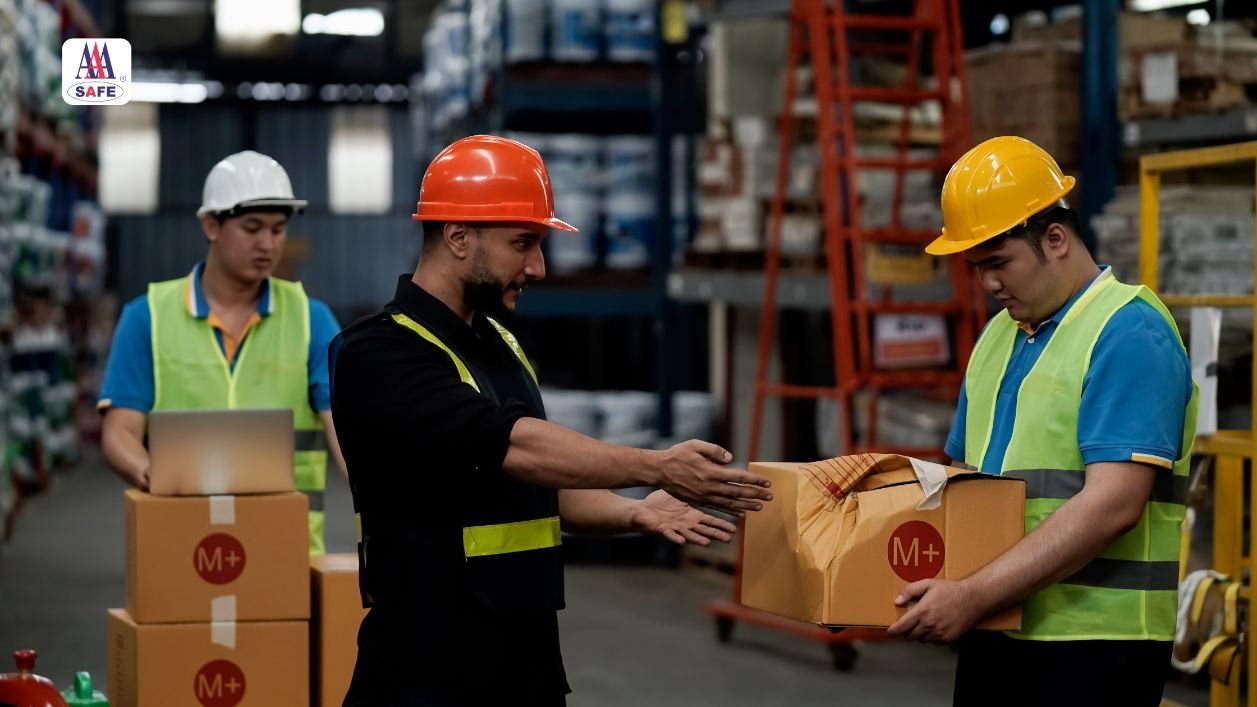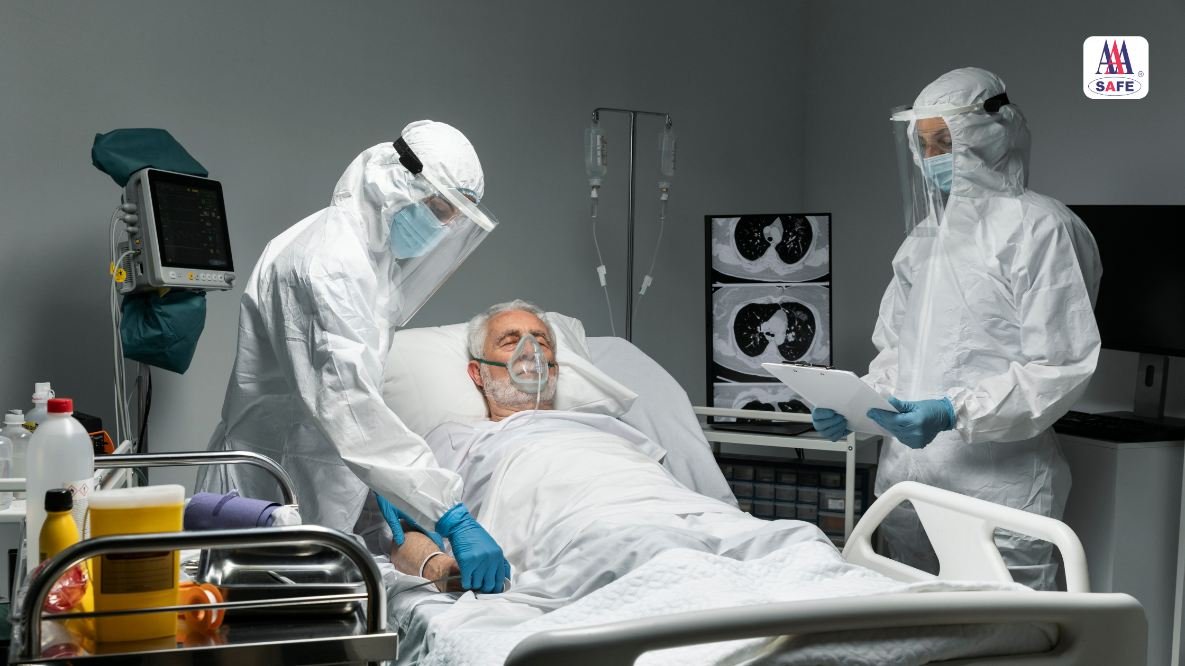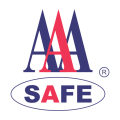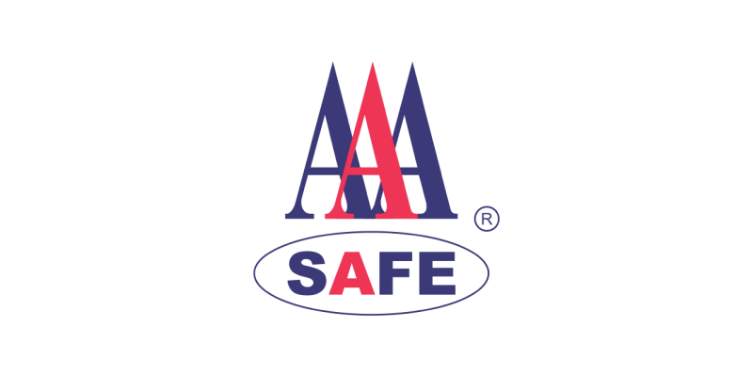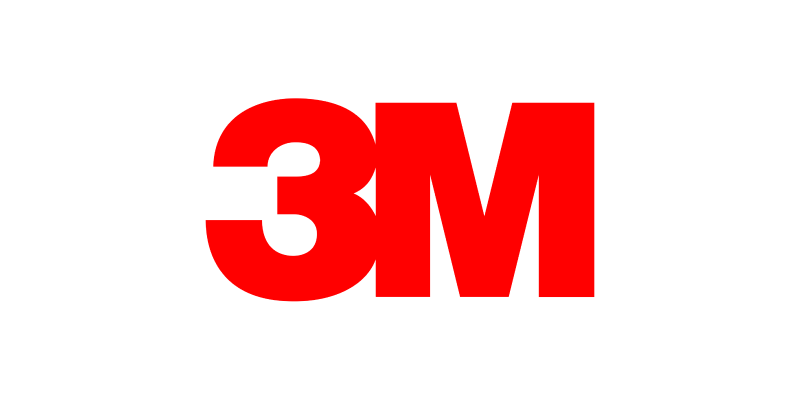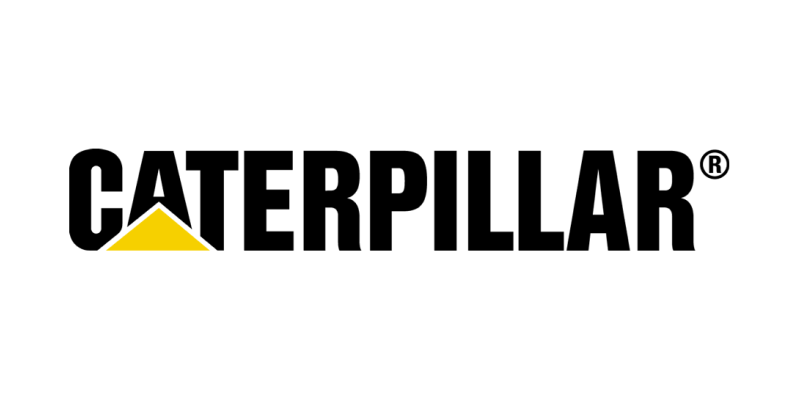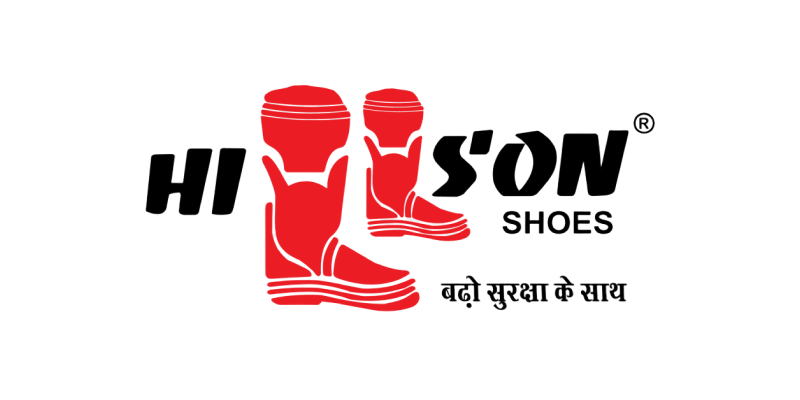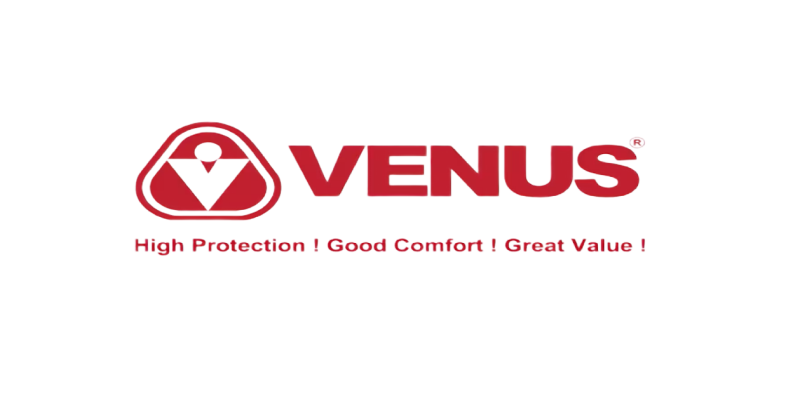Hello, dear readers! Today, we’re diving into a crucial topic for workers across the United Arab Emirates (UAE). If you’ve ever experienced your safety shoe soles crumbling unexpectedly, you’re not alone. Let’s uncover five surprising culprits behind this issue, with a focus on the unique climate and working conditions in the UAE.
1. The Sneaky Effects of Hydrolysis
Hydrolysis is the silent destroyer of many safety shoe soles, especially those made of polyurethane (PU). This chemical reaction occurs when moisture breaks down the long polymer chains in PU soles.
How Hydrolysis Affects UAE Workers
- High humidity levels in the UAE accelerate hydrolysis (Al-Bdour et al., 2011)
- PU soles can start deteriorating within 1.5 to 2 years in tropical conditions
- Even stored shoes can fall victim to this process
UAE-Specific Hydrolysis Challenges:
- Coastal areas like Dubai and Abu Dhabi face higher humidity
- Indoor air-conditioned environments can create moisture traps
The UAE’s unique climate, with its combination of high humidity and temperature, creates the perfect storm for hydrolysis. Workers in industries such as construction, oil and gas, and manufacturing are particularly vulnerable to this issue. The rapid deterioration of safety shoe soles due to hydrolysis not only compromises worker safety but also leads to increased costs for both employees and employers.
2. The UAE's Heat: A Double-Edged Sword
The scorching temperatures in the UAE can be tough on your safety footwear.
Impact of Heat on Safety Shoe Soles
- Heat can cause adhesives to weaken, leading to sole separation (Dubai Municipality, 2023)
- Some materials become more brittle when exposed to high temperatures
- UV radiation from intense sunlight can degrade certain sole materials
In the UAE, where temperatures can soar above 40°C (104°F) during summer months, safety shoes are put to the ultimate test. The extreme heat can cause the adhesives used in shoe construction to soften and lose their bonding strength, leading to sole separation. This is particularly problematic in industries where workers are exposed to hot surfaces, such as construction sites or oil refineries.
Moreover, the intense UV radiation in the UAE can accelerate the breakdown of certain sole materials, especially if the shoes are left exposed to direct sunlight during breaks or after work hours. This UV degradation can cause the soles to become brittle and prone to cracking, compromising their protective properties (UAE Ministry of Human Resources and Emiratisation, 2024).
3. The Hidden Dangers of Improper Storage
How you store your safety shoes can significantly impact their lifespan, especially in the UAE’s climate.
Storage Pitfalls
- Keeping shoes in damp areas accelerates deterioration
- Lack of ventilation can trap moisture, promoting hydrolysis
- Storing shoes in direct sunlight can cause material breakdown
Proper storage of safety shoes is often overlooked, but it plays a crucial role in maintaining their integrity. In the UAE, where many workers live in shared accommodations or have limited storage space, safety shoes are often stored in less-than-ideal conditions.
Storing safety shoes in damp areas, such as bathrooms or poorly ventilated lockers, can trap moisture and accelerate the hydrolysis process (Frost & Sullivan, 2023). Similarly, leaving shoes in direct sunlight, which is abundant in the UAE, can cause the materials to degrade rapidly.
To combat these issues, workers should be educated on proper storage techniques. Storing shoes in a cool, dry place with good ventilation can significantly extend their lifespan. Some companies in the UAE have started providing dedicated storage areas for safety equipment, including shoes, to ensure they are kept in optimal conditions.
4. The Unseen Enemy: Infrequent Use
Surprisingly, not wearing your safety shoes can sometimes be worse than regular use.
Why Disuse is Harmful
- Regular wear helps distribute oils and prevents material from drying out (GCC Standardization Organization, 2022)
- Unused shoes are more susceptible to hydrolysis and other breakdown processes
- In the UAE’s climate, shoes need movement to prevent moisture accumulation
Many workers in the UAE, especially those in seasonal industries or with rotating schedules, may find themselves using their safety shoes infrequently. This irregular use can actually accelerate the breakdown of the shoe soles.
When safety shoes are worn regularly, the natural flexing and movement help to distribute oils throughout the materials, keeping them supple and resistant to cracking. Additionally, the act of walking helps to expel moisture that may have accumulated in the shoe, reducing the risk of hydrolysis.
In the UAE’s humid climate, shoes left unused for extended periods can become breeding grounds for bacteria and fungi, which can further degrade the materials. To combat this, workers should be encouraged to wear their safety shoes regularly, even if just for short periods, to keep the materials active and resistant to breakdown.
5. The Quality Conundrum: Not All Soles Are Created Equal
The materials and manufacturing processes used in your safety shoe soles play a crucial role in their longevity.
Quality Considerations
- Lower-quality PU soles may deteriorate faster in the UAE’s harsh climate (UAE Occupational Safety and Health Center, 2023)
- Some adhesives used in shoe construction may not withstand high temperatures
- Certain sole materials may not be suitable for the UAE’s environmental conditions
In the competitive market of safety footwear, not all products are created equal. The quality of materials and manufacturing processes can vary significantly, impacting the durability and performance of safety shoes in the UAE’s challenging environment.
Lower-quality PU soles, for example, may not have the necessary additives to resist hydrolysis effectively, leading to premature deterioration. Similarly, some adhesives used in shoe construction may not be designed to withstand the extreme temperatures experienced in the UAE, resulting in sole separation.
It’s crucial for companies and workers in the UAE to invest in high-quality safety shoes that are specifically designed for hot and humid climates. Look for shoes with advanced PU formulations that offer enhanced resistance to hydrolysis and heat. Some manufacturers have developed specialized lines of safety footwear for Middle Eastern markets, taking into account the unique environmental challenges of the region.
Practical Tips for Extending Safety Shoe Life in the UAE
To keep your safety shoes in top shape in the UAE:
- Store them in a cool, dry place with good ventilation
- Use shoes regularly or at least take them out for “air walks”
- Consider investing in shoes with high-quality, climate-appropriate soles
- Clean and dry your shoes properly after use, especially in humid conditions
- Rotate between two pairs of safety shoes to allow adequate drying time
- Replace insoles regularly to maintain comfort and support
- Inspect your safety shoes regularly for signs of wear and tear
- Follow manufacturer’s care instructions for cleaning and maintenance
- Consider waterproofing your safety shoes to provide additional protection against moisture
- Be aware of the expected lifespan of your safety shoes and replace them proactively
The UAE Safety Footwear Market: A Growing Concern
The issue of deteriorating safety shoe soles is not just a worker’s problem; it’s a significant concern for the entire UAE safety footwear market. According to recent statistics, the UAE industrial protective footwear market is expected to grow at a compound annual growth rate of 8.6% from 2023 to 2030 (Frost & Sullivan, 2023). This growth indicates an increasing awareness of the importance of proper safety footwear in the workplace.
However, with this growth comes the responsibility to address the unique challenges posed by the UAE’s climate and working conditions. Manufacturers and suppliers are increasingly focusing on developing safety shoes that can withstand the harsh environment while providing the necessary protection and comfort for workers.
Here’s a table with some key information on safety shoes in the UAE:
| Category | Information |
|---|---|
| Most Common Safety Shoe Standard | EN ISO 20345:2011 |
| Minimum Toe Cap Protection | 200 Joules impact resistance |
| Average Lifespan of Safety Shoes in UAE Climate | 6-12 months |
| Percentage of Workplace Foot Injuries Preventable by Safety Shoes | Approximately 75% |
| Annual Safety Shoe Market Size in UAE | Estimated AED 500 million |
Case Studies and Statistics
According to a report by the UAE Ministry of Human Resources and Emiratisation:
- In 2023, there was a 15% reduction in foot-related workplace injuries compared to the previous year, attributed largely to increased use of proper safety footwear (UAE Ministry of Human Resources and Emiratisation, 2024).
- A study of 1000 construction workers in Dubai showed that those wearing appropriate safety shoes had 60% fewer foot injuries than those who didn’t (Dubai Municipality, 2023).
3. The oil and gas sector in Abu Dhabi reported a 30% decrease in slip and fall accidents after implementing stricter safety shoe policies in 2022 (Abu Dhabi National Oil Company, 2023).
Conclusion
Understanding these hidden factors behind safety shoe sole deterioration is crucial for workers and employers in the UAE. By being aware of the challenges posed by hydrolysis, heat, improper storage, infrequent use, and varying quality standards, steps can be taken to mitigate these issues and extend the life of safety footwear.
Remember, your safety shoes are more than just a work requirement – they’re a critical piece of personal protective equipment that keeps you safe on the job. Invest in the best, care for them properly, and they’ll take care of you in return.
